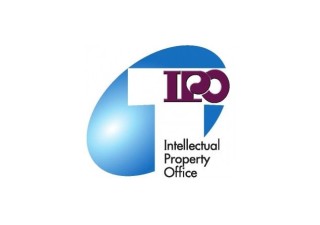Taiwan’s Copyright Act has not been overhauled since 1998, but the government has announced plans to update the law this year. In January, the Ministry of Economic Affairs (MOEA) announced that it would make substantial amendments to the Copyright Act by adding 32 more articles. However, the public in Taiwan does not have enough awareness of copyright protection, says Yulan Koo, a partner at Formosa Transnational in Taipei. “People often use copyrighted works without permission in order to reduce their own costs or for their own convenience. It is common for unauthorized users to download audiovisual works or musical works, or to reproduce copyrighted works without obtaining any permission to do so.”
Koo and fellow partner Hui-ming Huang tell Asia IP that they believe reproducing copyrighted works using digital equipment is the easiest and most common method of infringement, and takes place typically via the downloading audiovisual works or musical works, or copying and posting others’ literary works on one’s own website. “With digital equipment, users can quickly and easily reproduce works without the limitation of time and region, and such infringements affect the sales of copyrighted products,” Koo says.
Despite having no formal system for registering copyrights, Taiwan’s Copyright Act provides a comprehensive structure and clear rules and relevant regulations for copyright protection, covering matters such as the protection of moral rights and property rights, fair use, compulsory licensing, and remedies for infringement of rights. Key points of this draft amendment include (1) the fair use of distance learning and library digital archives for culture preservation; (2) clarification of the definitions of “public broadcasting” and “public transmission”; (3) compulsory license of orphan work; and (4) adjustment of criminal liability for copyright infringement.
Copyright owners can indicate on their protected works “All Rights Reserved” to remind potential infringers of their rights and also leave their contact details so that they can be located by those who would like to obtain a license to use the work. Also, owners can let potential infringers know that civil damages and press for criminal liabilities would be sought to recover if their works are used without permission. “Public awareness is also important,” says Huang, “because when everyone in the society regards copyright as natural and proper to respect others’ works, infringements will decrease naturally.”







